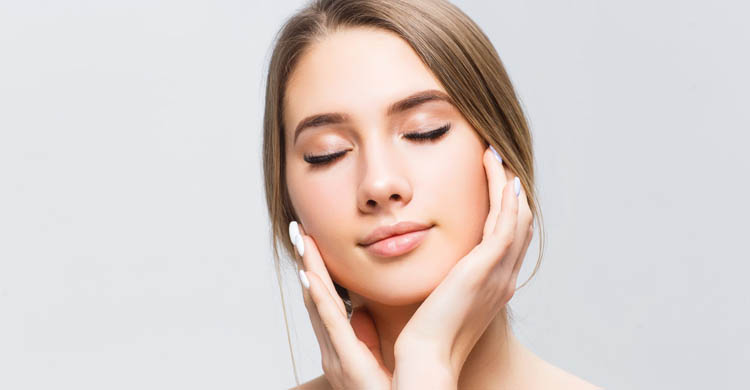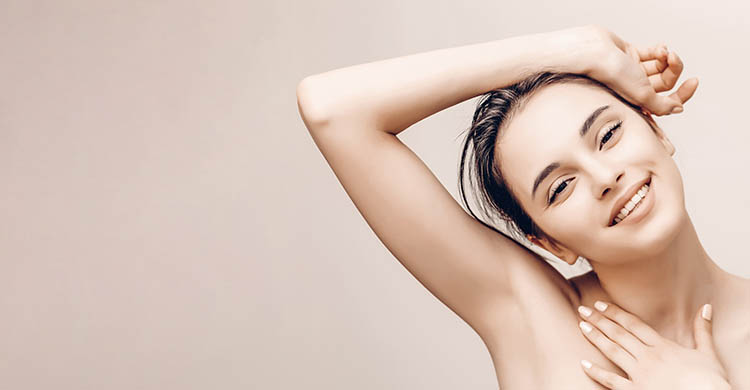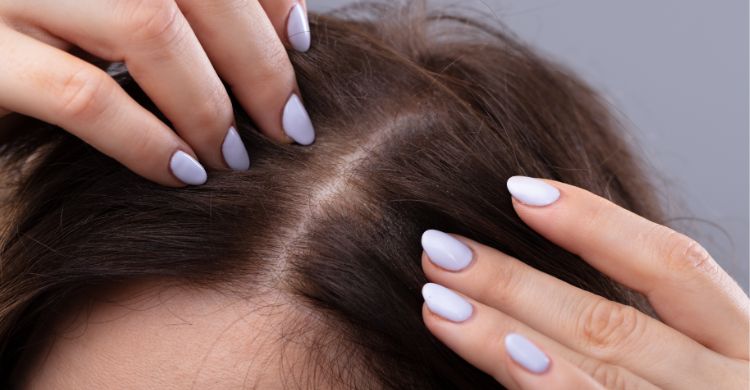PRP Face Lift
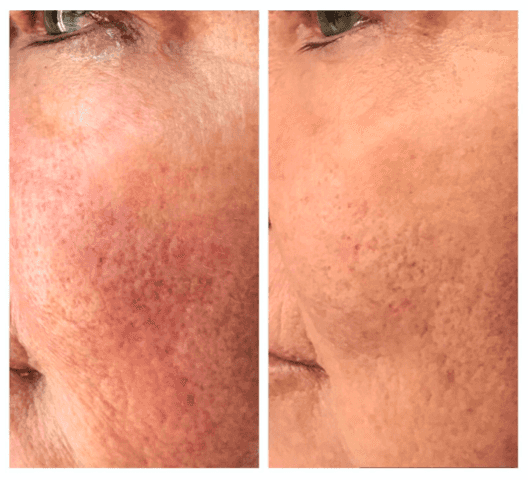
We often use a PRP in our practice for acne scars, skin rejuvenation, hair loss, dark circles in the undereye, but what is it? And why is it so popular?
PRP stands for platelet-rich plasma, and it’s a concentration of wound healing growth factors that are naturally found in the blood. This substance stimulates collagen and blood supply and contains several factors that, in the concentrated form, are shown to have anti-ageing properties.
The facial was made famous by Kim Kardashian, I’m sure many of us have seen her picture right after the treatment!
PRP can be part of an overall strategy to help you look your best and treat facial ageing, skin texture and discolouration.
It’s a very easy and safe procedure as you come into the clinic. After drawing your blood, we will centrifuge it for 10 minutes to separate the red , the pro-inflammatory white .
After the procedure, we will obtain a layer of platelet-rich plasma that contains several growth factors.
PRP is often used for the face, and it’s also referred to as “Vampire facial” or “blood facial”.
Applying creams and sunscreen is often not enough and a facial will give you that boost which cannot be achieved with topical treatments.
The areas most commonly injected in the face include the undereye, to make it look brighter and consequently make you look more rested, the orbital area, so around the mouth, to reduce the appearance of the nasolabial folds and any fine lines around the lips, and in the glabella, to reduce the shadows that often form between the eyebrows that make you look angry all the time.
We noticed great results in our patients, both adult men and women, as the treatment is suitable for both.
PRP can be made more potent by mixing it with other treatments such as mesotherapy, for example.
The procedure is also very quick, as, in about 10-15 minutes, we will inject the face with your body PRP.
The results have been documented and validated in several studies and dermatological literature. It can be seen as a form of regenerative medicine, as when we inject it, we stimulate that healing and regenerative mechanism that is entirely natural and effective.
The combination PRP+ mesotherapy is one of the safest and effective options, it’s not the same treatment as Botox, but it will help soften the lines considerably; in fact, Botox works on muscle movement while PRP and meso works on the surface level of the skin.
As mesotherapy contains hyaluronic acid, it gives the skin a plumping effect, which is immediate, and mixed with the PRP; the whole texture of the skin will be improved and significantly reduce dark circles.
The recovery takes a few hours or less, so you’re able to get back to work the same day.
We get loads of questions of the time, and many people may be nervous before having this procedure done, but we’re here to clarify everything about this treatment! We know it can be daunting as there is a needle involved, but we guarantee that is virtually painless and we use all that’s available to make you as much comfortable as possible.
Loads of models and Instagram influencers have made this treatment their holy grail for a better looking skin, outside of the realms of filters and Photoshop.
What are the benefits of the PRP facial?
You will get better skin texture and reduce the appearance of wrinkles and fine lines; however, it’s not a permanent cure should you have any photoaging damage as a baseline.
How does PRP Facial work?
PRP is an entirely natural procedure as it comes from your own body and has long-term benefits.
We are reintroducing natural factors in the skin, where these growth factors are needed.
How long till the results appear?
The results are noticed quite quickly after the treatment; usually, for the face, the results are immediate. You will get a nice plumped and glowy look straight after.
Is the procedure safe?
PRP facial is a very safe procedure, and it’s well-tolerated.
You may have some discomfort, but it’s significantly reduced by the numbing cream that will be applied prior.
You may experience some flakiness due to the natural skin turnover, and it’s crucial not to pick at it!
Due to the injections, mild bruising can appear where the skin is very thin, like around the eyes.
Redness and itchiness could also be experienced.
Is the PRP Facial treatment painful?
The procedure is only virtually painless, as after drawing the blood, we make sure to apply a numbing cream on the skin, which will only take about 15-20 minutes to work fully; you will start to feel like a tingling sensation and then numbness.
The pen that we use for the facial contains lots of super tiny needles that will create microchannels, and as we proceed, we will put the PRP on top of the skin to make sure it gets absorbed in those micro-channels.
Many people report the same pain level as getting waxing done.
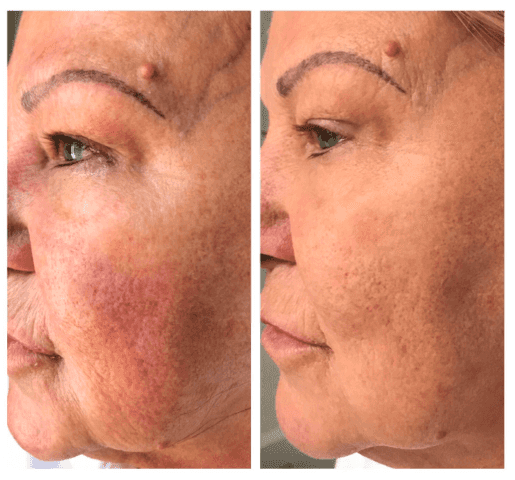
How many times do I have to have it done?
PRP facial should be maintained over time to enjoy the benefits of the results. Typically, it’s advised to have 2 to 3 treatments initially and then have one every six months for maintenance.
Why does it work? What are the components that make this treatment so successful?
We have listed below the growth factors associated with PRP:
• Insulin-Like Growth Factor (IGF) — a regulator of normal physiology in nearly every type of cell in the body
• Transforming Growth-Factor-Beta (TGF-b) — promotes the growth of matrix between , bone metabolism
• Platelet-Derived Growth Factor (PDGF) — promotes blood vessel growth, cell replication, skin formation
• Epidermal Growth Factor (EGF) — promotes cell growth and differentiation, blood vessel formation, collagen formation
• Fibroblast Growth Factor-2 (FGF-2) — promotes the growth of specialised and blood vessel formation
• Vascular Endothelial Growth Factor (VEGF) — promotes the formation of blood vessels
- Any contraindication in having PRP facial done?
Anyone can have PRP, but there are a few contraindications.
If you’re a smoker, you should ideally abstain from smoking a couple of weeks before the procedure and up to 72 hours after it, as smoking impedes the healing process.
If you have low platelets, you’re probably not a candidate for PRP, so it’s advised to discuss it with the specialist during consultation.
Over the counter painkillers, such as aspirin and ibuprofen, should be avoided at least 48 hours before the treatment.
How effective is PRP facial treatment?
They are an essential tool to slow down the ageing process, as they will boost collagen production and improve the look of wrinkles and fine lines.
It cannot be a substitute for an unhealthy lifestyle, such as smoking or drinking or having a bad diet and lacking sleep.
Is there any side effect or risk?
There is minimal risk of side effects or risks; you may experience some minor redness and swelling, as well as pinprick bleeding at the injection sites.
These will resolve in a couple of hours post-treatment.
What’s the post-procedure for PTP facial like?
After the procedure, we will put some nourishing moisturiser which will need to be left on the skin as much as possible, ideally for the rest of the day.
You won’t be in pain, and your skin will be slightly red for a couple of hours max. You will be able to go about your day as usual without any problem.
Your skin won’t hurt or burn at all; just some areas might be a little sensitive, such as in the undereye or the nose the same day of the treatment.
What to avoid after having PRP facial treatment done?
Sunbathing should be avoided, and in general, it’s crucial to be careful with the sun exposure as, especially during the first 72 hours, the skin will be very vulnerable; hence wearing an SPF 50 sunscreen is fundamental.
It’s also recommended to avoid alcohol, smoking for 72 hours, as they both suppress healing, which is the whole goal of the PRP treatment.
Why choose Dermamina for the PRP facial treatment?
We have extensive experience in the medical field. We are well known for our clinic and expertise in aesthetics.
We love to look after our clients even after the procedures, and we are grateful for the hundreds of positive feedback from our patients.
Some people may not be suitable for this treatment; If you want to know more about PRP and figure out if you’re a good candidate for this procedure, feel free to contact us and leave a message, we will get back to you as soon as possible.
SaveFace
You safety matters
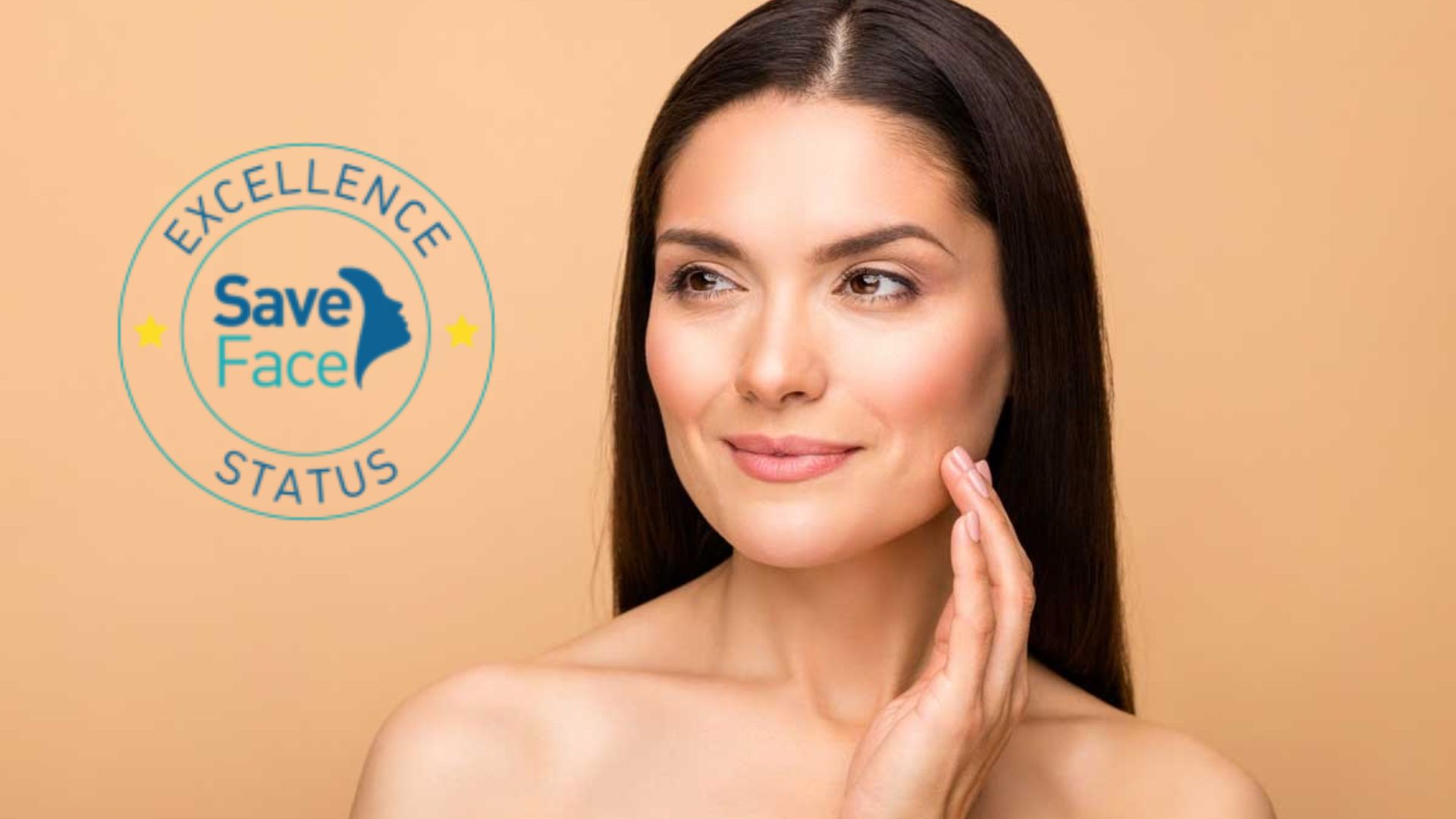
At Dermamina we have successfully attained the Save Face Accreditation, which signifies our consistent adherence to the highest industry standards. To earn this esteemed recognition, we underwent a rigorous evaluation conducted by an independent body.
Read more
Save Face is a register accredited by the Professional Standards Authority, holding official recognition from the Government, the Department of Health, and NHS England. This acknowledgment underscores our unwavering commitment to delivering exceptional quality services, meeting the stringent criteria set by these esteemed organizations.
